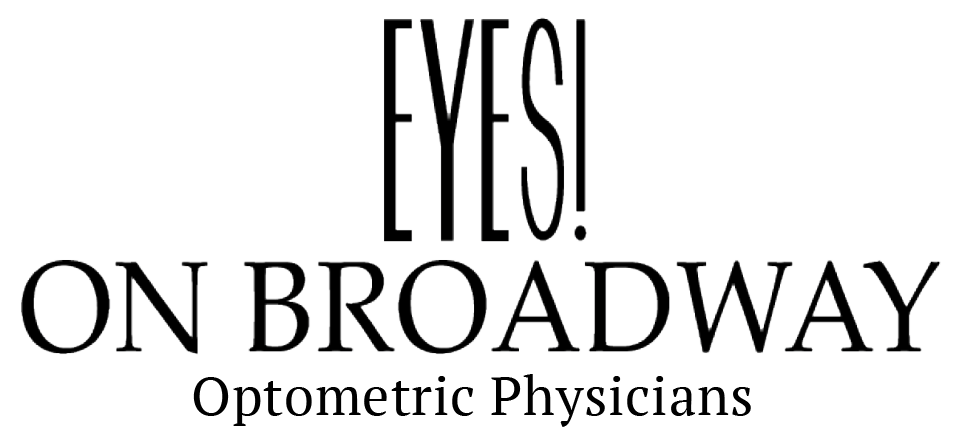Best Nutrition for Eye Health Part 2
We all hear about "eating right," and we usually associate this concept with body weight, heart health and the like. Most of us don't think about "eating right for our eyes," at least beyond the consumption of carrots. Well, as we did cover this general subject a couple of months back in our blog post titled, "The Best Nutrition for Eye Health," we learned that there are indeed many foods beyond carrots that promote eye health and eyesight longevity. That said, as the Fall season approaches, there are some wonderful, in-season foods that are literally fantastic for our eyes. Being such an important subject, we felt it worth another, season-specific visit. Interestingly, as we consider our diet, it's nice to center in on foods that not only benefit our eyes, but also the rest of our body. Fortunately the same dietary choices that benefit the heart also (in general) benefit our eyes. Why? Because our eyes, like our heart, rely on healthy arteries for the deliverance of nutrients and oxygen. So, two birds with one stone here... Here is a list of Fall-specific foods that will give you this health double-whammy:
Black-eyed Peas
Many in the NW might think of the band the Black Eyed Peas when seeing this food, but I assure you, there's nothing funky about this recommendation. The fact is, all types of legumes, including black-eyed peas, peanuts, lima beans and kidney beans contain rich amounts of zinc, a critical trace mineral that exists in strong concentrations in your eyes. It is firmly theorized that zinc serves an important role in protecting your eyes from the damage that light can cause. So, along with your prolific sunglass wearing (we hope anyways), foods high in zinc can really help. Other zinc-high foods include lean red meat, poultry, fortified cereals and oysters.
Legumes of all kinds, including black-eyed peas, kidney beans, lima beans, and peanuts contain zinc, an essential trace mineral that is found in high concentration in the eyes. Zinc may help protect your eyes from the damaging effects of light. Other foods high in zinc include oysters, lean red meat, poultry and fortified cereals.
Kale
In our prior post on eating for eye health we mentioned the importance of leafy greens. Here again, Kale, and other leafy green vegetables that are bursting out of our gardens right now, contain strong amounts of zeaxanthin and lutein, two nutrients that are believed connected to lowering your chances of developing age-related macular degeneration (AMD) & cataracts. A recent study has shown that, "women who had diets high in lutein were 23 percent less likely to develop cataracts than women whose diets were low in this nutrient." That's a reason to eat kale. However, if you're not a kale fan, well, there are several other leafy greens and vegetables that are high in these important elements including romaine lettuce, spinach, collards and turnip greens. As noted in our prior post, eggs also contain these important nutrients, as does peas, corn and broccoli.
Cold Water Fish
There have been several eye health studies concluding that diets that contain rich amounts of omega-3 fatty acids, such as what we see in salmon, tuna, halibut and sardines, can reduce the risk of developing eye-related diseases as we age. In fact, a Johns Hopkins study in 2010 found that high omega-3 fatty acid diets served to reduce the development, specifically, of AMD. Beyond being incredibly tasty, this sounds like another good reason to eat cold water fish!
Oranges
O.K. If we ever needed another excuse to eat oranges, well, here it is. High concentrations of vitamin C, which is found in oranges as well as tangerines, lemons, grapefruit and the like, has been found to be related to proper eye function. Scientists have concluded that your eyes need large amounts of vitamin C to operate properly. Further, antioxidants has been shown to prevent or slow the development of AMD and/or cataracts. Additional foods in this category include red peppers, tomatoes, peaches and strawberries.
In Summary
No doubt this list of healthy eye foods is not complete. There are indeed many other foods to eat that are great for your eyes, such as carrots (high in beta-carotene, which helps with night vision), along with apricots, sweet potatoes and cantaloupe, which are also high in beta-carotene. Here too is a link to our prior post on Best Nutrition for Eye Health Part 1. A great rule of thumb to follow, however, is that of color. Eat fruits and vegetables across a wide color range...and you're on the right track. Getting in a good balance of cold water fish and lean red meat is also key as outlined above.
If you're interested in going further and learning more about the best foods for eye health and how to utilize them in recipes, then this cookbook titled "Visionary Kitchen, A Cookbook for Eye Health" from author Sandra Young, OD, might be of interest. Personally, I've got a copy on order:
